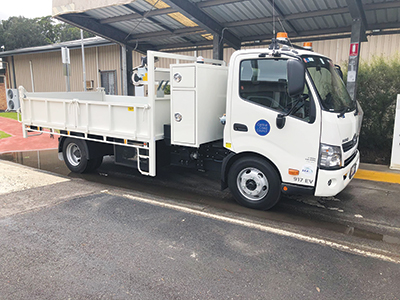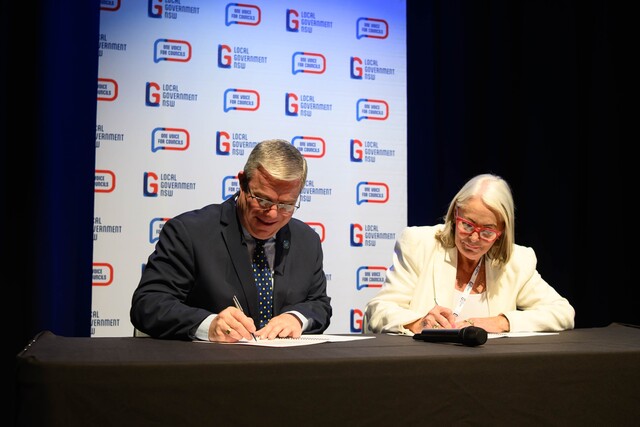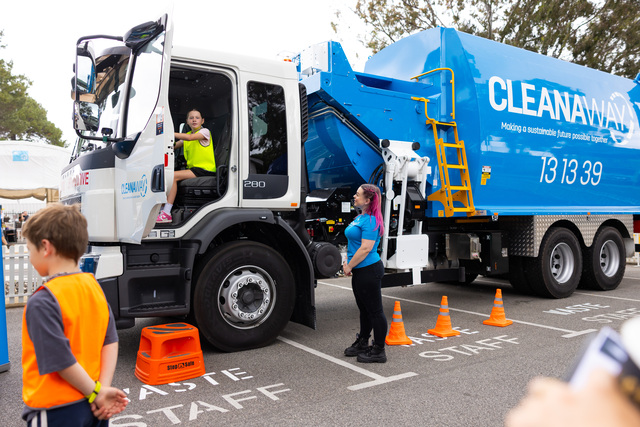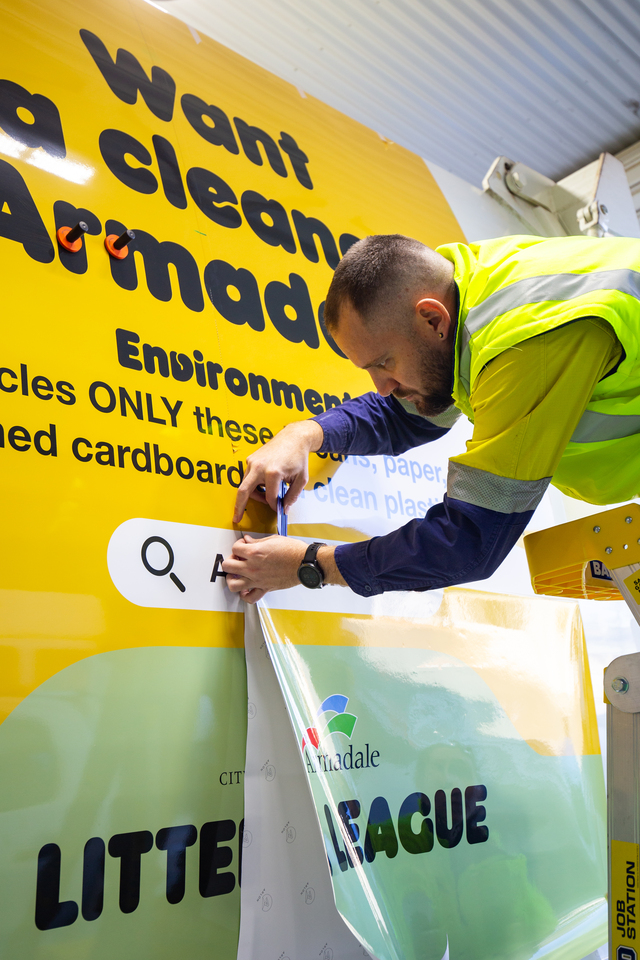Australian capital cities and large regional centres along the east coast will be the big winners from last month’s allocation of $24.55 million in Round 1 of the Federal Government’s Future Fuels Fund, which will see 403 new Electric Vehicle (EV) charging stations built in an effort to stimulate confidence in the emerging zero emissions vehicle market.
The new stations, all powered by renewable energy and capable of charging at least two vehicles concurrently at 50kW or above, represent a sevenfold increase in the number of public fast charging stations across Australia’s most populated cities and regions.
In addition to networks in the capital city in every state and territory, regional centres including Geelong, Newcastle, Wollongong and Queensland’s Gold and Sunshine Coasts will each receive a minimum of eight new fast charging stations.
Minister for Energy and Emissions Reduction, Angus Taylor, said the Government was funding the infrastructure needed to help motorists embrace the increasing range of technologies available.
“The Government is focused on ensuring Australians can drive their preferred choice of vehicle – be that petrol, diesel, hydrogen or electric-powered.
“Projects funded under the Future Fuels Fund will significantly expand Australia’s fast charging network, providing broader coverage, reducing range anxiety and minimising blackspots.
“As industry works to make electric vehicle technology more affordable, it is important we have the infrastructure in place that empowers consumers to switch to new fuel technologies with confidence.”
While Round 1 of the $71.9 million Future Fuels Fund aims to support the growing number of Australian motorists with EVs with a charging network across regional and capital cities, subsequent rounds will focus on increasing EV charging capacity in regional areas, reducing barriers to transitioning business fleets and increasing the use of hydrogen and biofuels in the transport sector.
The funding was awarded to:
- Evie Networks: $8.85 million for 158 stations across eight regions
- Ampol: $7.05 million for 121 stations across four regions
- Engie: $6.85 million for 103 stations across four regions
- Chargefox: $1.4 million for 16 stations across two regions and
- Electric Highways Tasmania: $400,000 for five stations in one region.
Removing barriers
The funding builds on Chargefox and Evie’s networks of intercity charging points, which have been positioned to link capital cities on highly trafficked routes.
Chargefox recently announced that construction had been finished on their 22 station network, which set out to make EV charging available to 75 percent of the Australian population.
The network includes dynamic charging capability which allows electrical output to be throttled back to minimise load on the grid during periods when demand is high.
Australian Renewable Energy Agency (ARENA) Chief Executive Officer, Darren Miller, said the Round 1 allocated funding was increased from the original $16.5 million.
“As the costs of electric vehicles come down, more consumers and fleet users are looking to go electric. Expanding the fast charging network will make it easier than ever to drive an EV in Australia.”
Concerns about access to charging points is commonly cited as a reason for EV uptake hesitancy and access to chargers is a particular challenge for motorists without access to off-street parking. The limited range of models available in Australia and high upfront costs are also contributing to the slow uptake.
Interest is growing
EV sales are accelerating in Australia, after a slow start. The Electric Vehicle Council’s 2020 annual report shows sales tripled in 2019, but still made up just 0.6 per cent of all new vehicle sales.
Central Coast Council, New South Wales, is making the switch by replacing full fossil-fuelled vehicles with a growing fleet of battery and hybrid electric vehicles, as they reach their end of service life.
The focus is in line with the recent $500 million budget announcement by the New South Wales government to support councils in their efforts to increase electric vehicle use.
Council’s Director Corporate Affairs and Chief Financial Officer, Natalia Cowley, said, “In 2019 we introduced the first 100 percent electric vehicle into our fleet vehicles in addition to a number of hybrid passenger vehicles already in the fleet. We commenced design on our first electric truck and were expecting delivery of our first hybrid 20 tonne excavator.
“Since then, our electric fleet has expanded to include the first in New South Wales, full battery electric tipper truck which we currently use at our Buttondery Waste Management Facility. We are also considering potential options to utilise electricity generated from the onsite solar or landfill methane gas extracted from the landfill to recharge this and other vehicles.
“In addition to our hybrid 20 tonne excavator, we have six hybrid electric trucks, nine full battery electric passenger vehicles and 112 hybrid electric passenger vehicles. This makes up one third of our passenger fleet and means we have one of the largest local government fleets in New South Wales.
“Each hybrid or electric vehicle has displaced a full fossil-fuelled vehicle that had reached its end of service life and this means that not only are we being environmentally conscious, but we are also ensuring our equipment is as cost-effective as possible.”
Northern Beaches Council, New South Wales, plans to install more EV charging station sacross the local government area.
Chief Executive Officer, Ray Brownlee said electric vehicles were the way of the future and it was important to support their use.
“There is no better time to get this on our radar. We have been leading the way on electric vehicles and now both federal and state governments are also actively encouraging their take up.
“In the first half of 2021, 8688 battery and plug-in EVs have been sold in Australia, which is more than in any calendar year. And of that number, more than 2100 Full Electric or Hybrid Vehicles are estimated to be on the Northern Beaches alone.
“Council has a vital role to continue to provide more facilities to our community to promote electric vehicle uptake which supports our ambitious target to reduced vehicle emissions by 30% by 2038,” Mr Brownlee said.
All states and territories have or are developing EV strategies with subsidies, rebates and incentives to progress the uptake of zero and low emissions passenger vehicles. Some include a road user charge, touted to be a disincentive, others focus on expanding access to charging stations; all are showing leadership by increasing the size of their own EV fleet.








